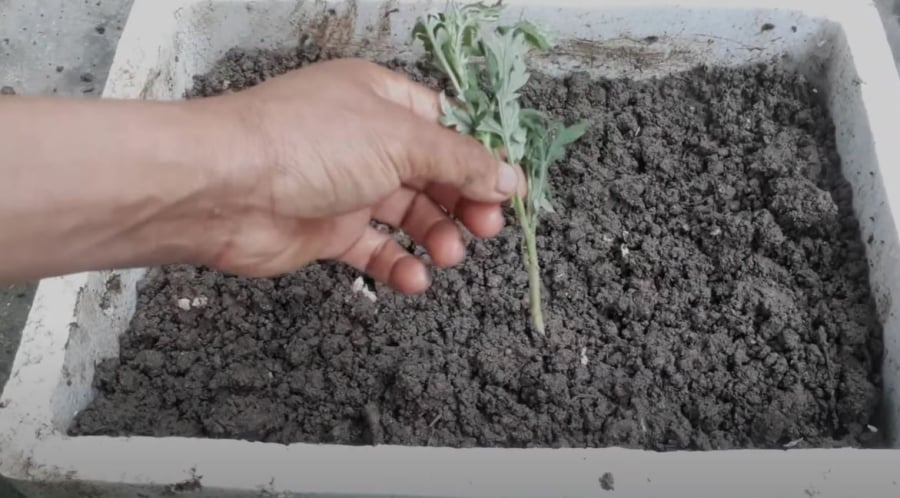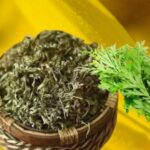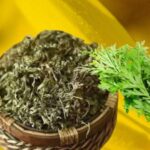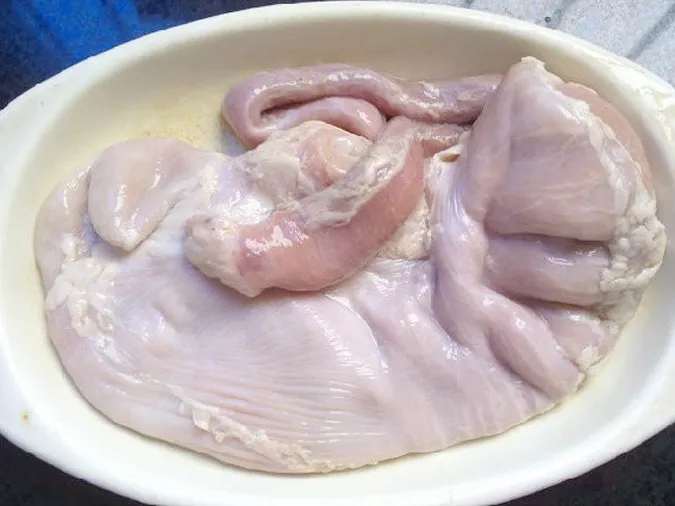Artemisia vulgaris, commonly known as mugwort, is a bitter-tasting herb with a warm, pungent flavor. Aside from being used as a regular vegetable, it is also revered as a medicinal herb with therapeutic properties. Mugwort is believed to be beneficial for regulating blood flow and treating menstrual disorders, as well as aiding in pregnancy and hemostasis.
Preparing mugwort is straightforward. You can simply boil fresh mugwort with one or two chicken eggs or braise it with balut (fertilized duck egg); use it in a ginger chicken soup, or make an omelet with mugwort. These dishes are commonly sold as street food and can also be easily prepared at home.
Additionally, mugwort leaves are used for steam therapy and foot soaks. When roasted with salt, the leaves can be applied as a hot compress to relax muscles, alleviate pain, and reduce belly fat…
You can easily grow mugwort at home to ensure a steady supply of this versatile herb.
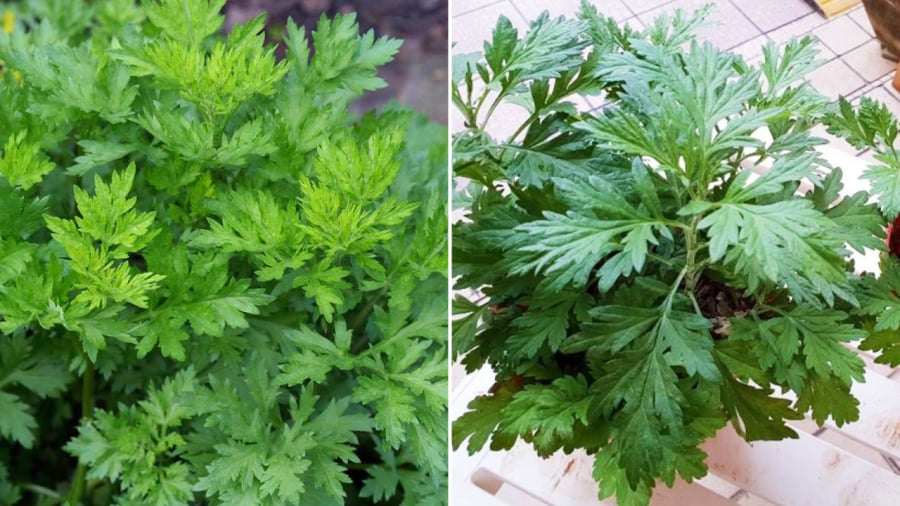
There are multiple methods to cultivate mugwort at home.
Growing mugwort can be done in several ways, including sowing seeds, transplanting seedlings, or propagating through cuttings. The quickest and simplest method is through cuttings.
How to Grow Mugwort from Cuttings
– Container and Potting Mix
If you’re growing mugwort indoors without a garden, choose a pot or container with drainage holes to prevent waterlogging and root rot. A sunny windowsill or balcony will provide the necessary sunlight for the plant to thrive.
For the potting mix, use a blend of sterile garden soil and organic matter such as cow or chicken manure, or vermicompost. Alternatively, you can collect soil from your garden or a nearby field and mix it with compost to create a nutritious growing medium.
It is recommended to sun-dry the soil for at least ten days before planting to eliminate any potential pathogens.
– Planting Method
Cut a 20-30 cm long stem from a healthy mugwort plant and insert it into the prepared potting mix. Gently pack the soil around the cutting and water it. Maintain moderate moisture in the soil by watering regularly but avoiding overwatering.
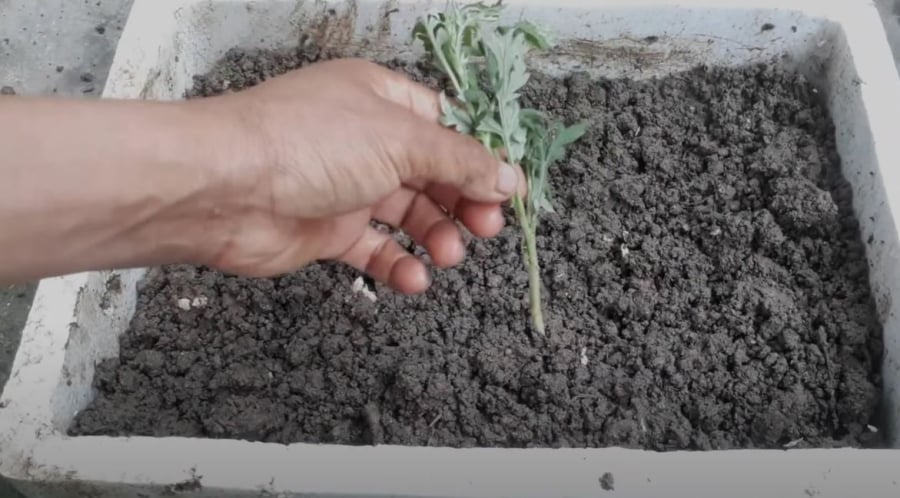
Simply insert the mugwort cutting into the soil and provide adequate water. Over time, roots will develop, and you’ll have a thriving young plant.
Mugwort thrives in sunny conditions, so ensure your planting spot receives ample sunlight to encourage faster growth.
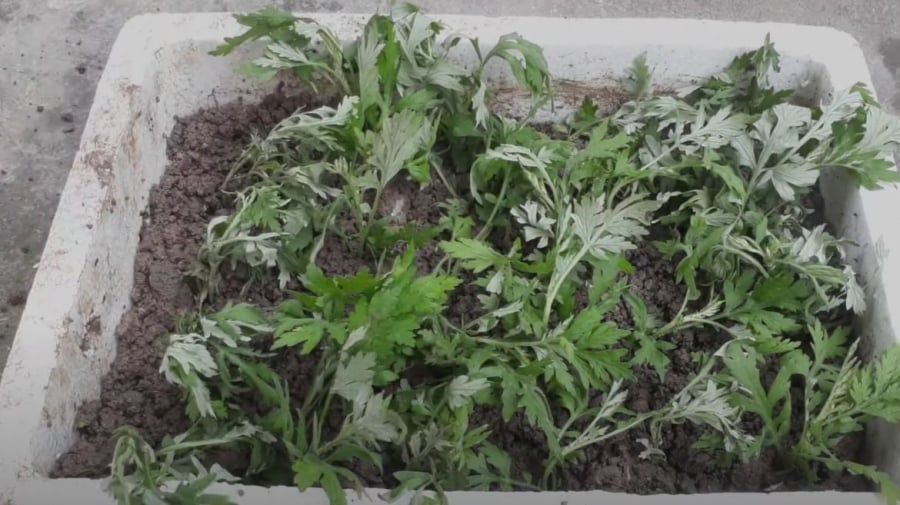
As your mugwort plant grows, you can transplant it into larger pots or move it to your garden to give it more space.
Water your mugwort twice a day—a thorough watering in the morning and a lighter watering in the afternoon. Adjust the amount of water according to the weather and temperature. For example, increase watering during hot weather and reduce or skip watering when it rains.
To boost the growth of your mugwort, you can apply fertilizer. The simplest option is to use well-rotted manure or vermicompost as a top dressing before planting. Additionally, you can mix vermicompost with a small amount of NPK 16-16-8 fertilizer and apply it every 15 days.
After about a month, your mugwort plant should be healthy and robust, with plenty of leaves ready for harvesting.
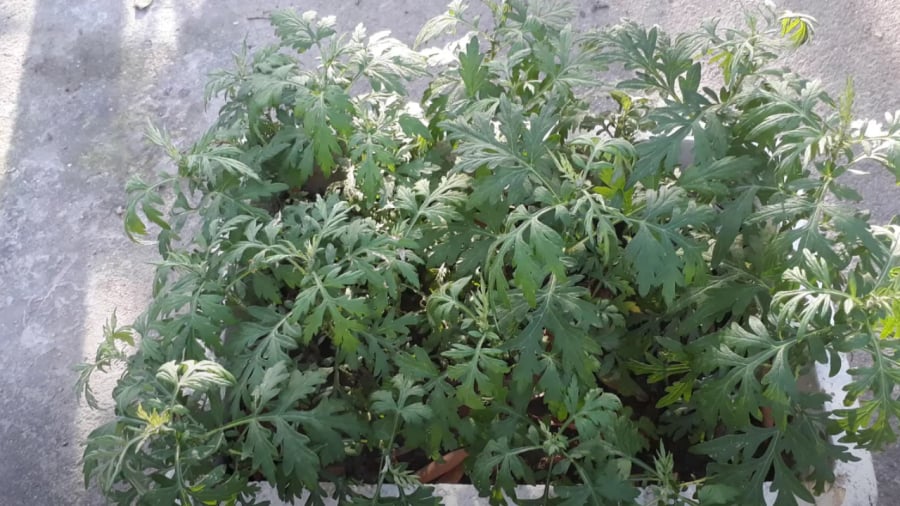
Harvesting can begin after approximately one month. Simply pluck the tender young shoots, leaving the roots intact. New shoots will continue to grow, providing you with a continuous supply of mugwort.
“Sleep Soundly with Feng Shui: The Do’s and Don’ts for a Peaceful Slumber”
“Sleep is of paramount importance in our lives, yet many of us struggle to achieve a good night’s rest. It’s time to unlock the secrets to sleeping well and discover the transformative power of a restful slumber. Prepare to embark on a journey towards optimal sleep hygiene and wake up to a refreshed and energized version of yourself every day.”
Why Did Our Ancestors Recommend Planting Wormwood in Front of the House? The Significance of Wormwood That Many Are Unaware of.
Absinthe, also known as wormwood, is a popular herb with a long history of culinary and medicinal use. But did you know that it also holds a special place in the world of Feng Shui? This versatile plant is believed to possess unique properties that can influence the energy and harmony of your space.

























